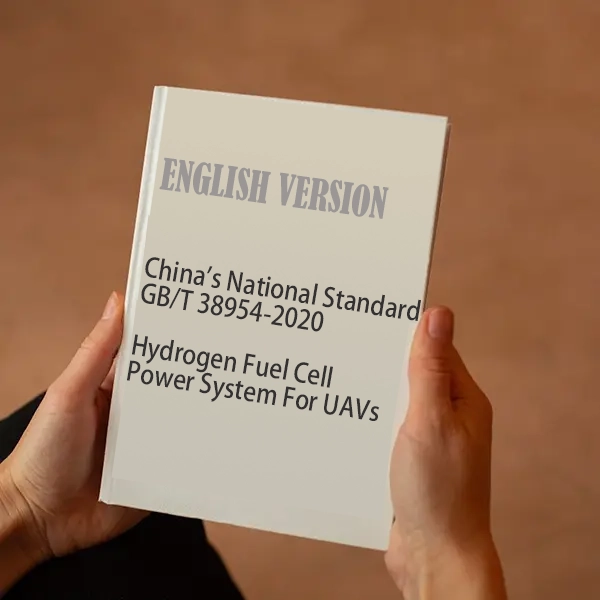Hydrogen is gaining traction, but not all hydrogen is created the same.
The four main methods of producing hydrogen are [steam methane reforming (SMR)1], [electrolysis2], biomass gasification, and thermochemical water splitting. Each comes with different costs, emissions, and use cases.
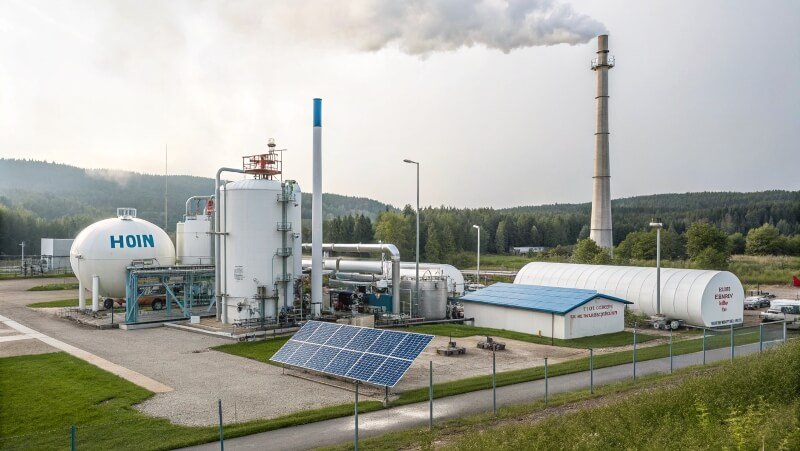
Hydrogen production lies at the center of the clean energy transition. But behind the hype, the reality is nuanced. Below, I break down how hydrogen is made—and what that means for its role in future energy systems.
What Are the 4 Types of Hydrogen?
Color-coded labels help distinguish hydrogen by source—but they can also mislead.
Hydrogen is commonly categorized into four types: gray, blue, green, and turquoise. Each reflects the feedstock and carbon footprint of its production.
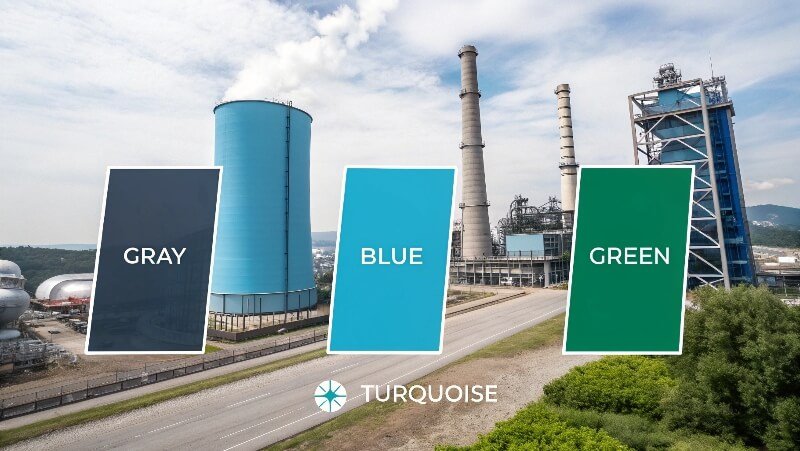
Let me explain the four types in a simplified way:
Gray Hydrogen
Gray hydrogen is made via steam methane reforming using natural gas. It’s the most common type today but emits CO₂ without capture.
Blue Hydrogen
Blue hydrogen is the same as gray, but with carbon capture and storage (CCS). It’s cleaner, but not carbon-neutral.
Green Hydrogen
Green hydrogen is made through electrolysis powered by renewable electricity. It emits no CO₂ during production.
Turquoise Hydrogen
Turquoise hydrogen is made by pyrolyzing methane to produce solid carbon and hydrogen. It’s still emerging but promising.
| Type | Method | Carbon Emissions | Status |
|---|---|---|---|
| Gray | Steam methane reforming | High | Widely used |
| Blue | SMR + CCS | Medium | Growing |
| Green | Electrolysis + renewables | Zero | Expanding |
| Turquoise | Methane pyrolysis | Low | Experimental |
These labels are not technical standards, but marketing terms. They help audiences understand impact quickly, though they simplify reality.
What Is the Cheapest Way to Make Hydrogen?
Cost often determines which hydrogen gets deployed at scale.
Today, the cheapest way to make hydrogen is through steam methane reforming (SMR), which uses natural gas as the feedstock.
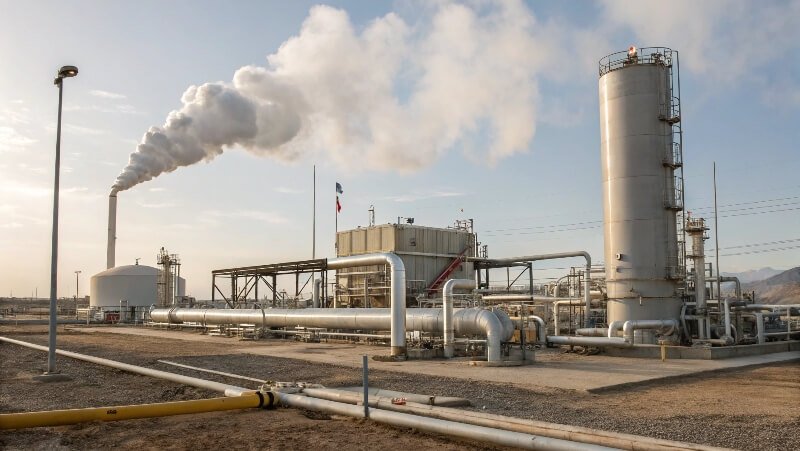
In industrial settings, SMR remains the dominant method due to its mature technology and relatively low cost. Here’s how it works in simple terms: methane (CH₄) is mixed with steam under high pressure to produce hydrogen and CO₂. It’s efficient, but carbon-intensive.
Electrolysis costs more. It requires clean electricity, which is still expensive in many regions. Here’s a quick comparison:
| Method | Levelized Cost (USD/kg H₂) | Key Challenge |
|---|---|---|
| SMR (Gray) | 1–2 | High emissions |
| SMR + CCS (Blue) | 2–3 | Cost of CCS, leakage risks |
| Electrolysis | 3–6 | Renewable electricity price |
| Biomass | 2–5 | Feedstock supply, tech scale |
Even with subsidies, SMR remains the default in most hydrogen plants today.
Which Hydrogen Production Method Is the Best?
“Best” depends on what you care about: cost, emissions, or scalability.
Green hydrogen, made from water and renewable electricity, is the most sustainable method. But in practice, the answer depends on regional goals and constraints.
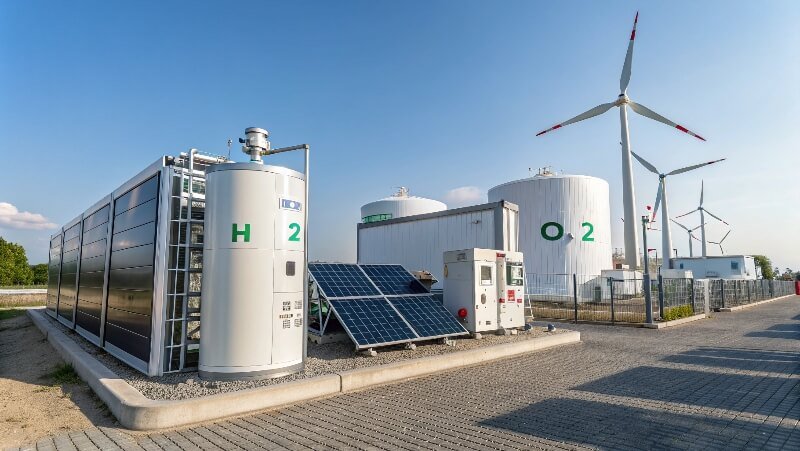
Let’s look at what makes each method appealing—or not:
If Cost Is King:
SMR wins in the short term. It leverages existing infrastructure and natural gas availability. However, carbon taxes or stricter emissions rules could change that.
If Climate Matters Most:
Electrolysis is clearly the best. It eliminates CO₂ emissions entirely—if powered by solar, wind, or hydro.
If Infrastructure Is Limited:
Biomass or pyrolysis could play a role in areas with agricultural waste or no gas grid.
| Method | Best For | Limitations |
|---|---|---|
| SMR | Low-cost industrial H₂ | High CO₂ emissions |
| Electrolysis | Clean energy strategies | High capital cost, variable power |
| Biomass | Rural/agricultural regions | Feedstock transport/logistics |
| Pyrolysis | Circular carbon economy pilots | Still under development |
We need all methods now, but green hydrogen3 is the long-term goal.
Will Hydrogen Replace Natural Gas?
Hydrogen is often pitched as the new gas—but can it really fill those shoes?
Hydrogen won’t completely replace natural gas, but it will complement and decarbonize parts of the gas system—especially in industry and transport.
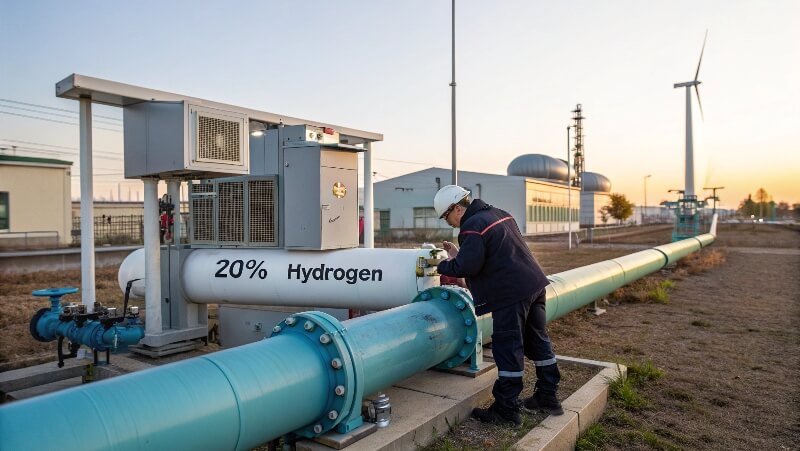
Some countries are testing hydrogen blends in gas pipelines. Up to 20% hydrogen can often be mixed into natural gas networks with minor modifications. However, hydrogen molecules are smaller and leak more easily, which complicates full replacement.
Use cases vary:
- Industrial heat: Hydrogen can replace gas in steel, cement, and chemical production.
- Transport: Fuel cell trucks and buses use hydrogen, not gas.
- Home heating: Technically possible, but less efficient than electric heat pumps.
It’s unlikely hydrogen will heat homes the same way gas does today. But it will be critical in places where electrification is hard.
What Is the Main Way of Producing Hydrogen Today?
Let’s look at how most of the world actually produces hydrogen—not just the ideal case.
Steam methane reforming (SMR) using natural gas is still the main way hydrogen is produced globally, accounting for over 95% of current supply.
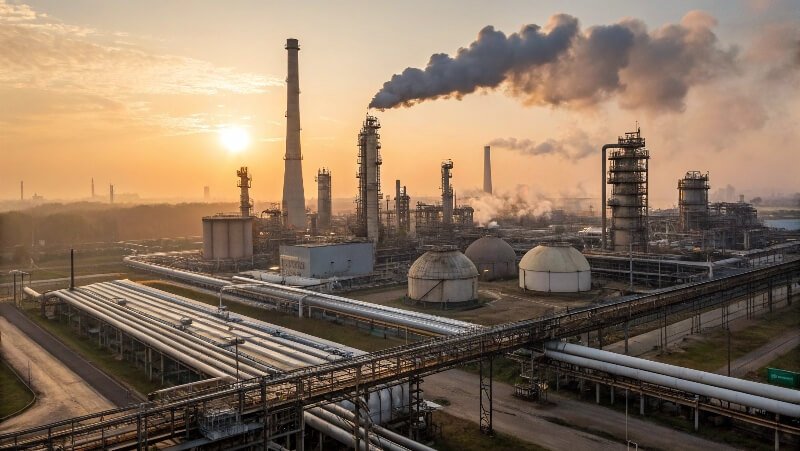
Despite growing investments in green hydrogen, the reality is that most hydrogen is made in fossil-fuel-rich regions like China, the U.S., and the Middle East. Why? Because it’s cheap, established, and has built-in supply chains.
Electrolysis represents less than 1% of global hydrogen production. That number is rising, especially in Europe and Australia, but starting from a small base.
| Production Method | Global Share (%) | CO₂ Emissions Profile |
|---|---|---|
| SMR (Gray) | ~75% | High |
| Coal Gasification | ~20% | Very High |
| Electrolysis | <1% | Low to Zero |
| Other (biomass etc.) | <5% | Variable |
The challenge is to scale clean hydrogen faster than fossil-based supply grows.
Conclusion
Hydrogen production is not one-size-fits-all. Four main methods—SMR, electrolysis, biomass gasification, and thermochemical splitting—shape today’s supply. Green hydrogen is the future, but for now, gray hydrogen still dominates.
-
Explore this link to understand the process and significance of SMR in hydrogen production, a key player in the energy transition. ↩
-
Learn about electrolysis, a crucial method for producing clean hydrogen, and its role in reducing carbon emissions. ↩
-
Discover the advantages of green hydrogen, the most sustainable method, and its potential impact on clean energy solutions. ↩


